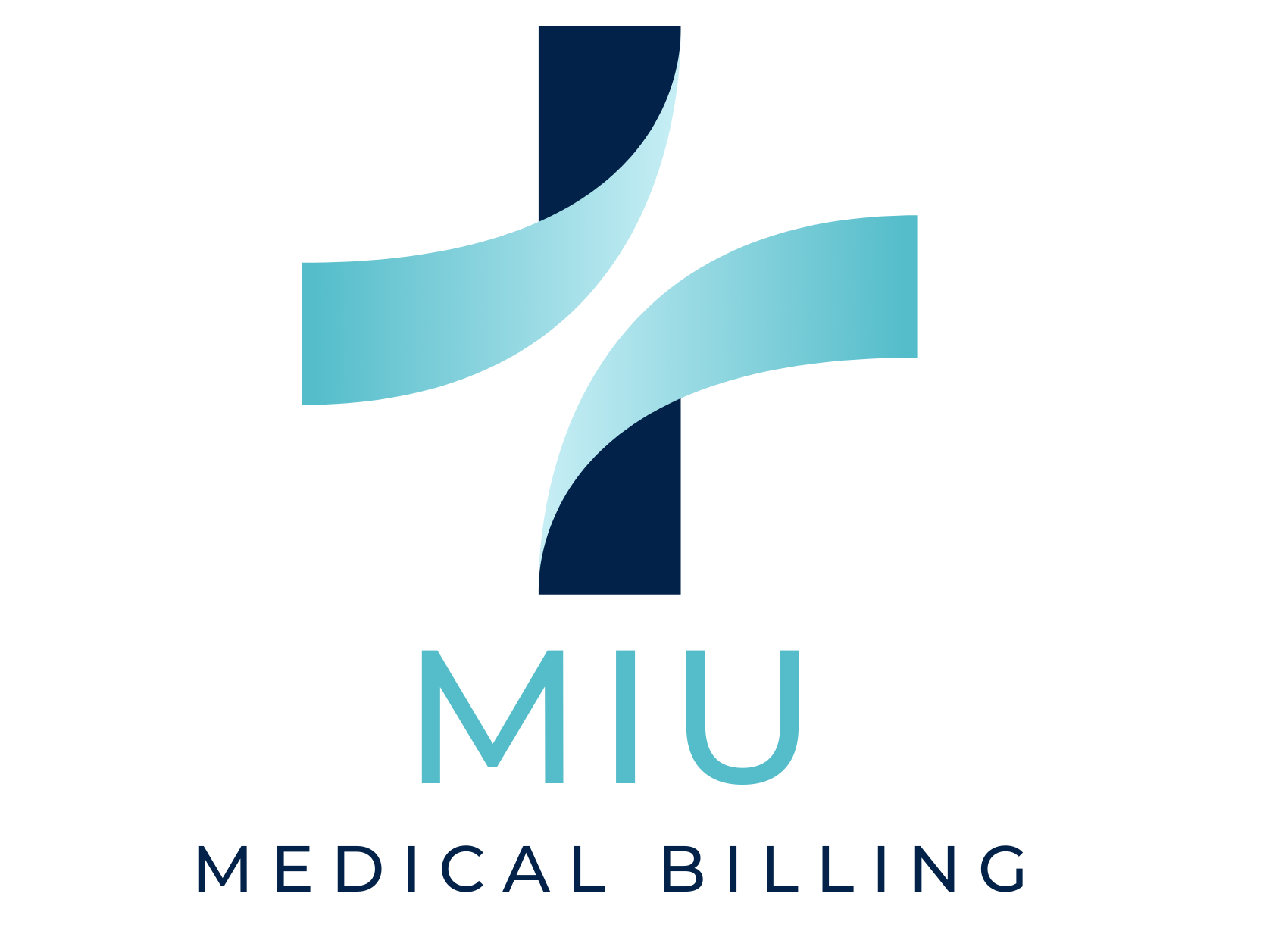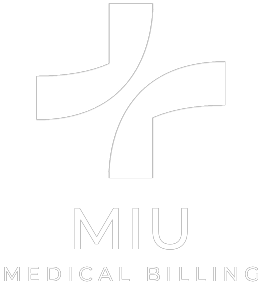Introduction:
Explore the transformative landscape of medical claims processing, where precision meets efficiency in the dynamic realm of healthcare. Delve into the pivotal role of Clearinghouses for Medical Claims as the backbone of revenue cycles, simplifying the complex journey from healthcare services to reimbursement. Uncover the cutting-edge technologies shaping the future of clearinghouses for medical claims, promising accelerated procedures, reduced errors, and improved financial outcomes for healthcare providers. Join us on this insightful journey as we unravel the impact of these innovations on the future of medical claims technology.
The Crucial Role of Clearinghouses for Medical Claims in the Healthcare Ecosystem:
Let’s understand the role of Clearinghouses for Medical Claims before we go into the innovations to be discussed. These organizations serve as mediators between healthcare providers and payers, making it possible for electronically transmitted health information to be sent without any interruptions. Clearinghouses are responsible for validating, processing, and formatting medical claims. They also ensure that these claims comply with regulatory criteria before sending them to insurance companies for insurance coverage.
1. The Integration of Blockchain for Enhanced Security:
Incorporating blockchain technology is one of the most significant developments in clearinghouse technology. The decentralized and secure nature of blockchain technology provides a platform that is both visible and resistant to tampering, making it ideal for the storage and transmission of sensitive healthcare data. The integrity of medical claims data is protected by this innovation, which also helps to reduce the likelihood of fraudulent activity and illegal access. It is now possible for providers to have a higher level of confidence in the safety of the information about their patients throughout the claims process.
2. Using Artificial Intelligence (AI) for Predictive Analytics:
Artificial intelligence has completely transformed the healthcare business, and its influence on clearinghouses for medical claims is not an exception to this rule. The algorithms that are used for machine learning can examine enormous volumes of previous claims data to recognize patterns and prepare for prospective problems. Clearinghouses can proactively highlight potential claim problems by utilizing AI-driven predictive analytics. This helps to reduce the risk of claims being denied and speeds up the process of payment. The entire financial health of healthcare organizations is improved as a result of this, in addition to providing an improvement in efficiency.
3. Real-time adjudication for instantaneous feedback:
Although the claims adjudication procedure has traditionally been a time-consuming part of medical billing, it is now possible to receive instant feedback. Real-time adjudication, on the other hand, is starting to change the game. By utilizing cutting-edge clearinghouse technology, medical professionals can obtain fast feedback regarding the eligibility of a claim as well as its current classification. This real-time communication makes it possible to immediately remedy errors and resubmit those corrections, so reducing the amount of time that providers have to wait for reimbursement and increasing their cash flow.
4. Interoperability for Seamless Data Exchange:
Interoperability is a term in the healthcare industry, and the significance of its role in the context of medical claims clearinghouses cannot be understated. Through the implementation of interoperability innovations, multiple healthcare systems can share data fluidly, hence lowering the amount of manual data entry and avoiding errors. Clearinghouses that emphasize interoperability make it possible to create a more integrated healthcare ecosystem, one in which information may easily flow between providers, payers, and other stakeholders.
Conclusion:
It is becoming increasingly important to recognize the significance of Clearinghouses for Medical Claims as we navigate the future of healthcare. Collectively, the advancements that have been described in this article, which include the integration of blockchain technology, artificial intelligence-driven predictive analytics, real-time adjudication, and interoperability, open the way for a healthcare ecosystem that is more efficient, secure, and integrated. Not only do these innovations make the process of filing medical claims more efficient, but they also significantly contribute to the financial well-being of healthcare providers.
As we navigate the future of healthcare, Clearinghouses for Medical Claims emerge as crucial facilitators of efficiency, security, and integration. The advancements highlighted in this article, including the integration of blockchain, artificial intelligence, real-time adjudication, and improved interoperability, set the stage for a more streamlined and prosperous healthcare ecosystem. Companies like MIU Medical Billing play a pivotal role in this transformation, leveraging cutting-edge technologies to provide Clearinghouse services that not only enhance the efficiency of medical claims but also contribute significantly to the financial well-being of healthcare providers. As MIU continues to innovate, the future of medical claims appears promising, marked by unprecedented levels of accuracy and financial prosperity for all stakeholders involved. MIU Medical Billing exemplifies how forward-thinking companies can reshape the landscape of healthcare administration, ensuring a seamless and secure future for the industry.




